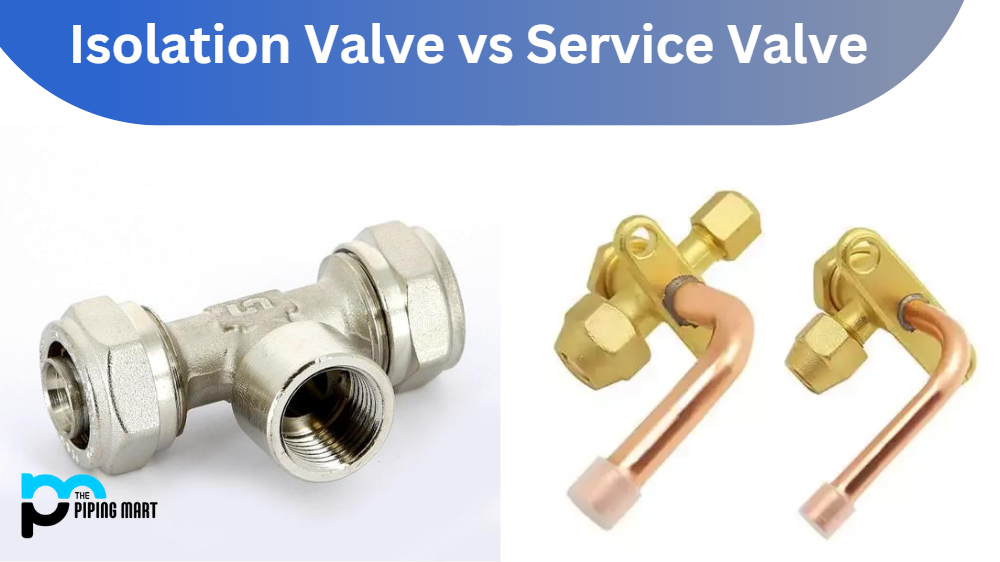Thermowells are cylindrical pressure-tight fittings used in various industries to protect temperature sensors such as thermocouples, thermistors, and bimetal thermometers that are put into a pipe or vessel. A thermowell is essentially a tube with one end closed and installed in the process stream. The thermowell serves as a protective barrier between the sensor device and the processing medium. It shields the sensor element from harmful process media as well as fluid pressure and velocity.
Thermowells also improve sensor longevity, allow sensor replacement without exhausting the system, and reduce the possibility of contamination in the system. Thermowells are suitable for both low and high-pressure operations.
Many industrial sectors use thermowells, including refining, cosmetics, chemical processing, food production, petrochemicals, power generation, pharmaceuticals, as well as other processing sectors.
What are the significance of Thermowells?
Thermowells play a critical role in the accurate measurement of heat in industrial operations.
- They safeguard the sensor.
- Thermowells ensure that proper heat transfer occurs to the sensor.
- Better heat transfer leads to greater precision.
- Allow the sensing device to be removed while the system remains closed.
What types of thermowells are available?
There are four types of thermowells available based on the stem design shape:
- Straight thermowell – It has the same diameter throughout its insertion length. They are easy to construct, have good stiffness, and provide excellent resistance to corrosion and erosion.
- Stepped thermowell – It has stepped dimensions; typically, they have a smaller diameter of 1/2′′ at the tip and a larger diameter of 3/4′′ at the top. Because of the lower thermal resistance at the processing end, these thermowells allow for better velocities and respond to temperature variations faster as compared to straight thermowells.
- Tapered thermowell – It has variable diameters (smooth continuous taper) along its entire length of insertion. Because of their quick response time, tapered thermowells are ideal for high-velocity, heavily loaded operations.
- Built-up thermowell – This is appropriate for processes with particularly long insertion lengths. They come in all of the abovementioned forms, but the extended insertion length is achieved by welding a piece of pipe in between the end and the process connection.
What are the primary materials utilized in the manufacture of Thermowells?
The use of the proper material extends the life of a thermowell. The chemical, heat, and velocity of the fluid medium will influence the decision of selecting the thermowell material. The destructive effects of chemicals often vary with heat and fluid content. At the same time, the fluid’s suspended particles will produce erosion. All of these factors must be considered while choosing a thermowell material.
Some of the most commonly utilized thermowell materials are Stainless Steel 316 or Stainless Steel 304, Graphite, Chrome Moly Steel, Carbon Steel, Brass, Incoloy, Inconel, Monel, Hastelloy, Haynes Alloy, Titanium and Aluminum However, stainless steel is the most commonly used thermowell material since it is inexpensive and highly resistant to heat and rusting or corrosion.

Pipingmart is B2B portal specializes in industrial, metal and piping products. Also, share latest information and news related to products, materials and different types grades to help business dealing in this industry.




